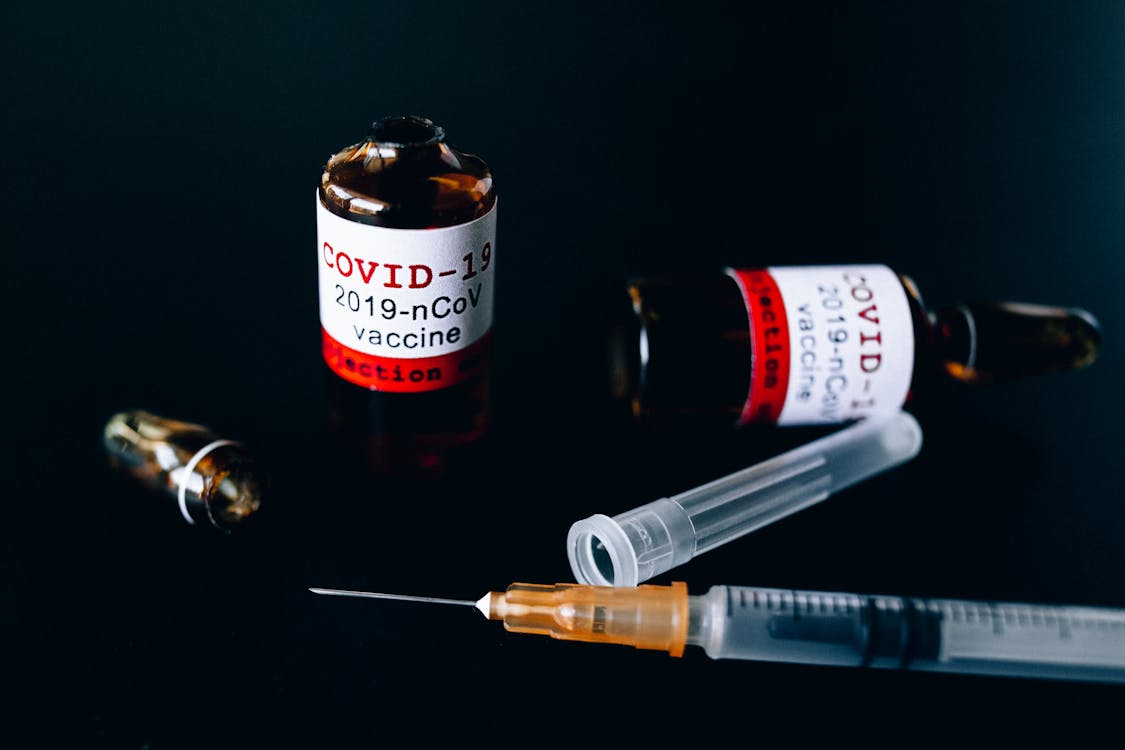The FX Market Reflects The Success Of Vaccination Campaigns
November 2020 will remain in history as the month when pharmaceutical companies revealed their COVID-19 vaccine efficacy. For three consecutive weeks, the world has found out that vaccines from Pfizer/BioNTech, Moderna, or AstraZeneca, are promising in stopping the virus’s spread. Other companies followed.

Image Source: Pexels
It was the moment when the stock market’s recent rally started. It was also a defining moment for the FX market participants, as traders spotted the new driver in the FX market – the rollout of the vaccine.
(Click on image to enlarge)

U.S. and U.K. Leading the Vaccination Race
Since November, it has become obvious that the countries leading the vaccination race will lead the economic race too. The higher the percentage of vaccinated people, the quicker the economy recovers to pre-pandemic levels.
Yet, it all comes at a financial cost. Not all countries afford to pay for vaccines, and even those that can, have no access to the jabs due to the backlog in orders. But the problem is expected to be solved in time, as more and more vaccines are produced around the world every day.
The United States and the United Kingdom are leaders in the vaccination race. As such, their currencies, the U.S. dollar, respectively the British pound, gained in the months since November. Investors quickly spotted that a higher vaccination rate leads to stronger economic recovery, and, eventually, the currencies will follow.
(Click on image to enlarge)

While the dollar and the pound gained, the euro lost. The problem came from the sluggish vaccine rollout in Europe, despite most of the jabs being produced on European soil.
In sharp contrast to the U.S. and the U.K., Europe exported almost half of the vaccines produced – at the expense of a higher infection rate. The nationalization of vaccines produced in Europe came into discussion, but luckily the idea was quickly ruled out.
Europe is expected to pick up its vaccination rate in the second quarter of the year. Close to two hundred million vaccines are expected to be delivered in the second quarter, and the population is willing to take the jabs.
If the correlation between the vaccination rate and the strength of a currency continues, then the euro may have found a bottom at the end of March. As such, bears should be cautious moving forward shorting the euro as the risk of a short squeeze is high.
Disclaimer: None of the content in this article should be viewed as investment advice or a recommendation to buy or sell. Past performance/statistics may not necessarily reflect future ...
more


